| Thursday, November 17, 2022 | |
SCREEN: Innovation Inspired By Sustainability |
|
| 09:45 | Welcome Note, Dr. Martin Hollfelder, Director of Technology and Service, Europe |
| 09:50 | Keynote |
Sustainability Driven Innovation: transistor scaling and defectivity targets for sustainable manufacturing |
|
Okuno Yasutoshi, Vice President & Corporate Officer of Technology Strategy, SCREEN Semiconductor Solutions Co. Sustainability Driven Innovation: transistor scaling and defectivity targets for sustainable manufacturing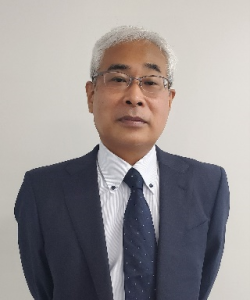
 Abstract Biography |
|
| 10:10 | Exotic applications of nanosecond laser annealing |
Sébastien Kerdilès, Head of Thermal Treatments Engineering, CEA – LETI Exotic applications of nanosecond laser annealing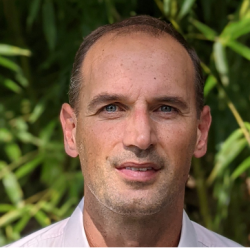
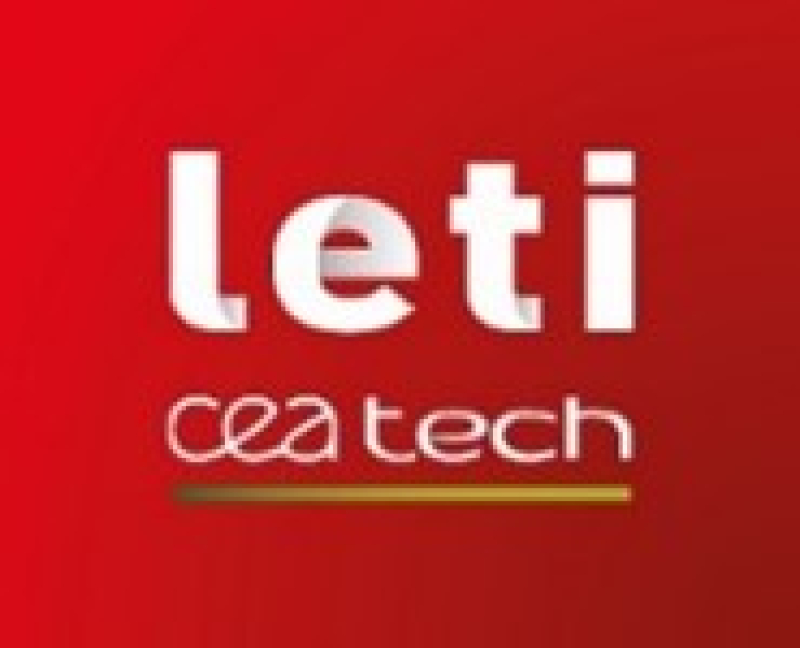 Abstract Biography |
|
| 10:30 | Sustainable SiC: the Advantages of Engineering Substrates |
Nicolas Daval, Expertise Labs Senior Manager, Soitec Sustainable SiC: the Advantages of Engineering Substrates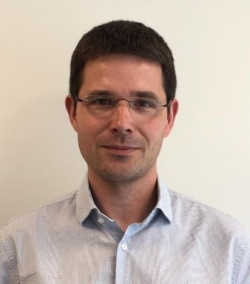
 Abstract Biography |
|
| 10:50 | Towards Sustainable Wet Processing for Advanced Integration Technologies |
Dr. Efrain Altamirano-Sanchez, R&D Manager of SIP group, imec Towards Sustainable Wet Processing for Advanced Integration Technologies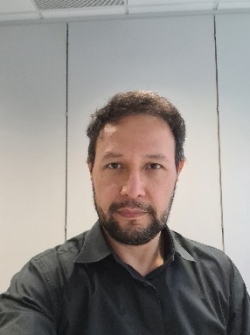
 Abstract Biography |
|
| 11:10 | How can Track Hardware Boost Lithographic Performance? |
Andreia Santos, R&D Manager, SCREEN Semiconductor Solutions Co. How can Track Hardware Boost Lithographic Performance?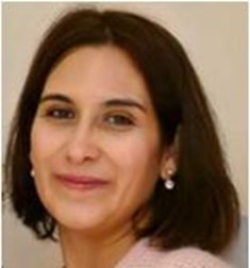
 Abstract Biography |
|
| 11:20 | Reducing Bulk Chemicals by SPM Reuse in Single-Wafer Process Applications |
Jim Snow, Senior Technologist, SCREEN SPE USA Reducing Bulk Chemicals by SPM Reuse in Single-Wafer Process Applications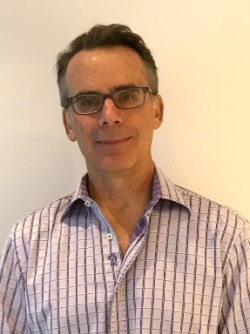
 Abstract Biography |
|
| 11:35 | High-Volume Automatic Visual Inspection and Trench Thickness Measurement on Si, SiC, and GaN wafers |
Alessandro Rossi, Product Manager and Application Engineer, SCREEN SPE Europe High-Volume Automatic Visual Inspection and Trench Thickness Measurement on Si, SiC, and GaN wafers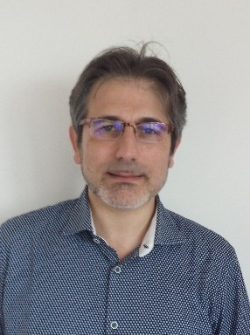
 Abstract Biography |
|
| 11:50 | Screen UV Laser Anneal Technology |
Louis Thuries, Product Manager, SCREEN LASSE Screen UV Laser Anneal Technology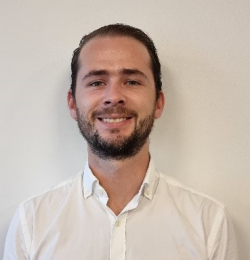
 Abstract Biography |
|